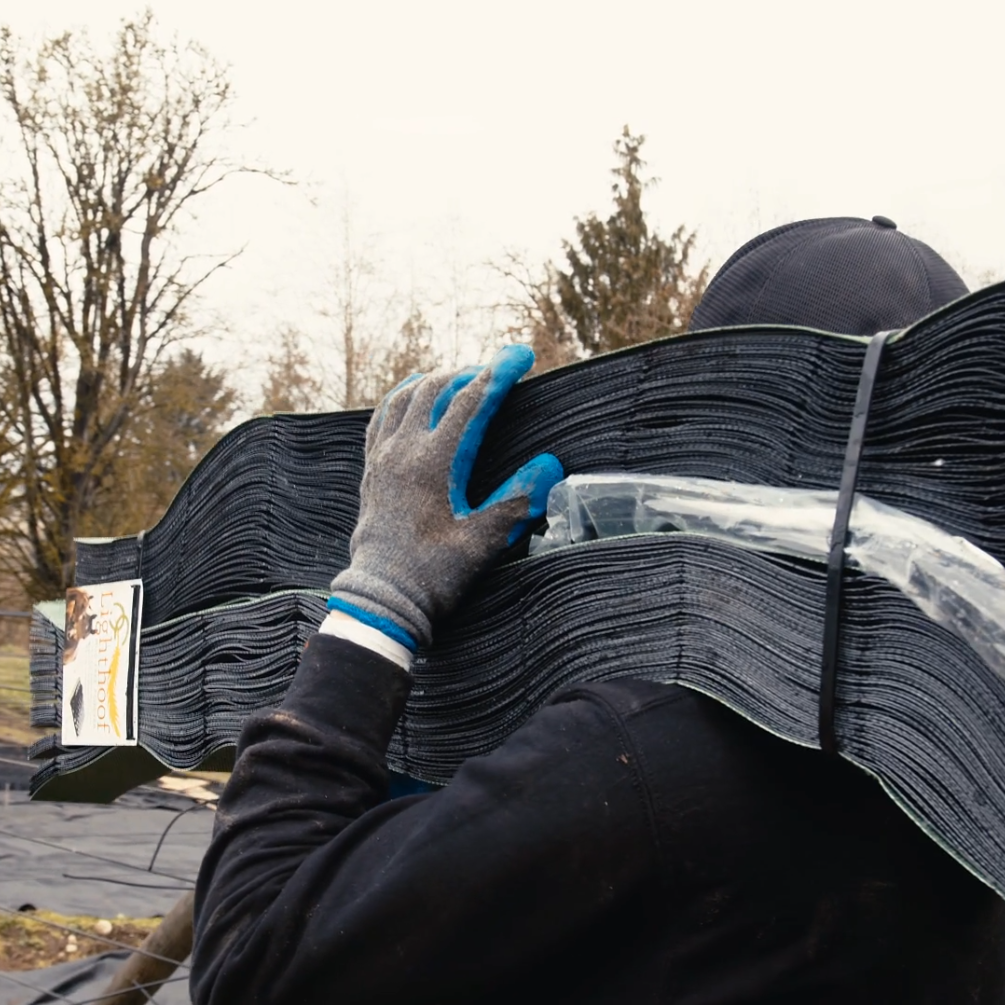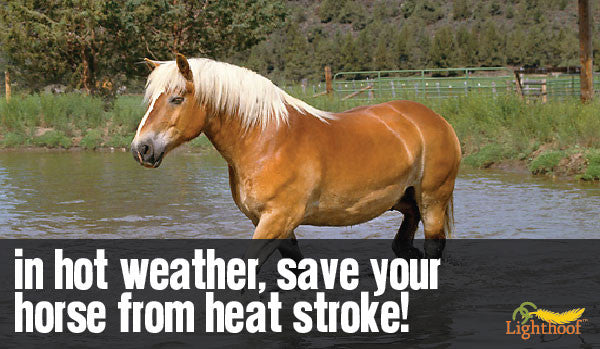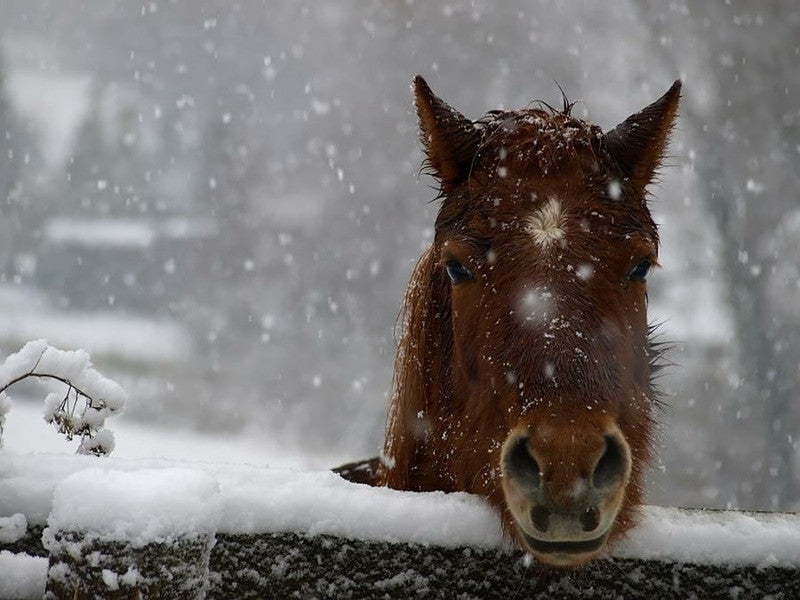The hot summer weather has many of us grumpy and sluggish! But hot temperatures can be a real danger for our equine friends, not just an inconvenience. Heat stroke, also known as hyperthermia or heat exhaustion, is a serious health concern. Be sure you know the basics for how to prevent, detect, and treat heat stroke.

Prevention tips
How to avoid heat stroke with sensible management:
- Make sure your horse stays hydrated. Is she drinking? Does she have access to a salt block or get salt with her pellets? Check her skin for dehydration.
- Provide plenty of shade. Be sure your horse can get out of the sun, either in a shelter or under trees. Put food in the shaded area so she doesn’t have to choose between food and cooling.
- If your horse’s turnout has no shade, keep her in during the hottest part of the day. Turn her out only in the morning and evening.
- Keep your horse’s weight nice and trim. Fat horses are more susceptible to heat stroke.
- Ride during the coolest part of the day. If your horse isn’t in great physical condition, keep the work short. This is not the time to be pushing increased physical fitness!
 Detection
Detection
Recognize the signs on heat stroke:
- Rapid pulse
- Increased body temperature (over 102 degrees)
- Heavy breathing and panting
- Increased sweating and salivation
- Redness of the tongue and mouth
- Stumbling
- Erratic heartbeat
- Muscle spasms
- Collapsing
Treatment
What to do for a horse with heat stroke:
- Hose her entire body with cold water and keep hosing! If you can’t get a hose to her, bring water in buckets, pour it over her, and keep her very wet with a sponge.
- Apply ice or ice packs to her core.
- Administer electrolytes.
- Blow an electric fan on her or manually fan her.
 If you can’t get her body temperature below 102 degrees, or if the horse collapses, contact your vet.
If you can’t get her body temperature below 102 degrees, or if the horse collapses, contact your vet.
Remember: your horse is counting on you to keep summer suffering at a minimum. She can be comfortable in the hot weather and stay safe as well!



 Detection
Detection

Leave a comment
This site is protected by hCaptcha and the hCaptcha Privacy Policy and Terms of Service apply.